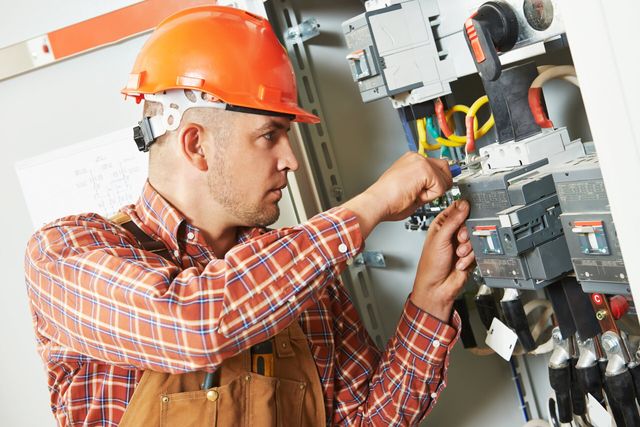
Image Source: Google
Industrial electrical installation is a crucial component of any manufacturing or industrial facility. It involves the installation, maintenance, and repair of electrical systems to ensure the smooth operation of machinery and equipment.
In this guide, we will explore the key aspects of industrial electrical installation to help you understand the requirements and best practices for powering up your industrial facility. If you are in search of an industrial electrical installation, you may explore https://www.varneyinc.com/industrial-electrical-contractors/.
The Importance of Industrial Electrical Installation
Industrial electrical installation is essential for the following reasons:
1. Safety
- Proper installation of electrical systems reduces the risk of electrical hazards, such as shock and fire.
- Adhering to safety standards and regulations ensures the well-being of workers and the protection of valuable equipment.
2. Efficiency
- Well-designed electrical systems optimize energy usage and reduce operational costs.
- Efficient electrical installation helps maintain the productivity of the industrial facility.
Key Components of Industrial Electrical Installation
The following are the key components of industrial electrical installation:
1. Electrical Wiring
- Properly installing and organizing electrical wiring is crucial for the functionality and safety of the electrical system.
- Using the right type and gauge of wiring based on the electrical load is essential to prevent overheating and electrical failures.
2. Electrical Panels
- Electrical panels distribute power to different circuits within the industrial facility.
- Regular maintenance of electrical panels is necessary to prevent overloading and ensure the proper functioning of the electrical system.
3. Circuit Breakers and Fuses
- Circuit breakers and fuses protect the electrical system from overloads and short circuits.
- Properly sizing and installing circuit breakers and fuses is critical for the safety and reliability of the electrical system.
Best Practices for Industrial Electrical Installation
Follow these best practices for successful industrial electrical installation:
1. Compliance with Regulations
- Ensure that all electrical installations meet the requirements of national and local electrical codes.
- Regularly inspect and maintain electrical systems to remain compliant with regulations.
2. Proper Training and Certification
- Only allow trained and certified electricians to perform industrial electrical installations.
- Continuous training ensures that electricians are up-to-date with the latest industry standards and practices.
3. Regular Maintenance
- Schedule regular maintenance checks to identify and address any issues before they escalate.
- Preventative maintenance helps extend the lifespan of electrical equipment and reduces the risk of costly downtime.
Challenges in Industrial Electrical Installation
Industrial electrical installation may face the following challenges:
1. Complex Systems
- Industrial facilities often have complex electrical systems that require specialized knowledge and skills to install and maintain.
2. Downtime
- Electrical installations may require downtime for maintenance or repairs, impacting the productivity of the facility.
3. Cost Considerations
- Industrial electrical installation can be costly, especially for large facilities with extensive electrical systems.
Conclusion
Industrial electrical installation is a critical aspect of ensuring the safety, efficiency, and reliability of industrial facilities. By understanding the key components, best practices, and potential challenges of industrial electrical installation, you can power up your facility with confidence and peace of mind.